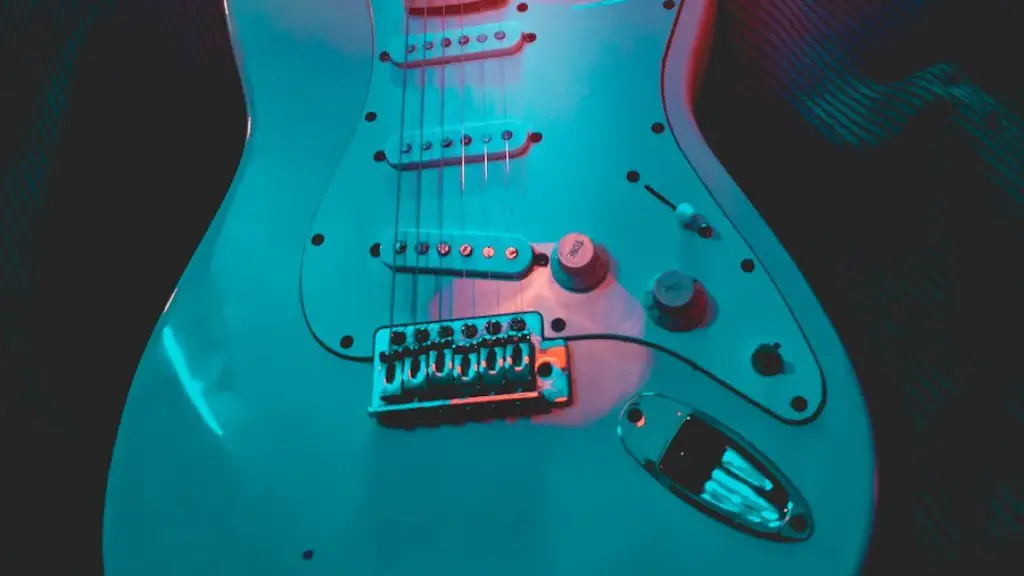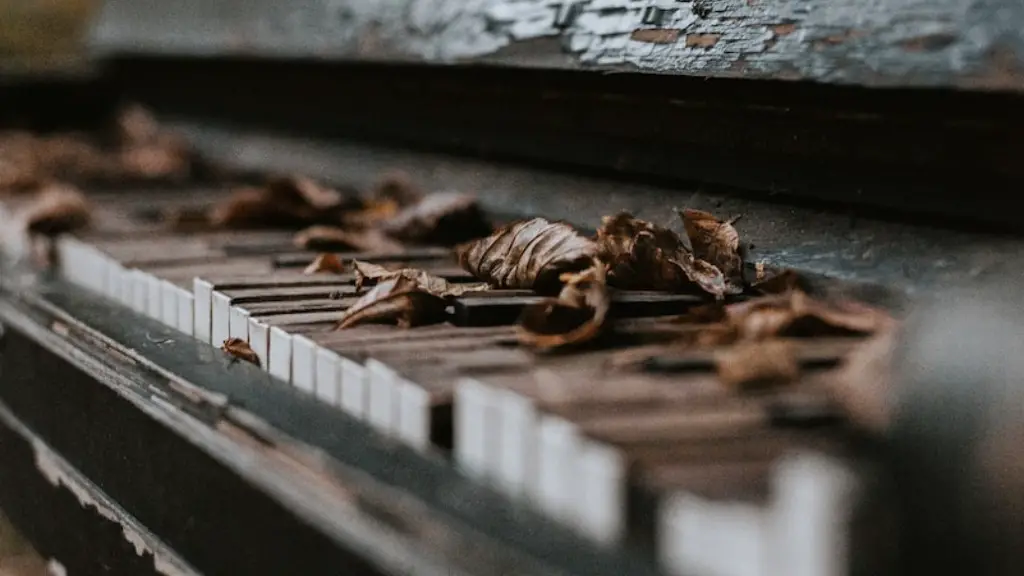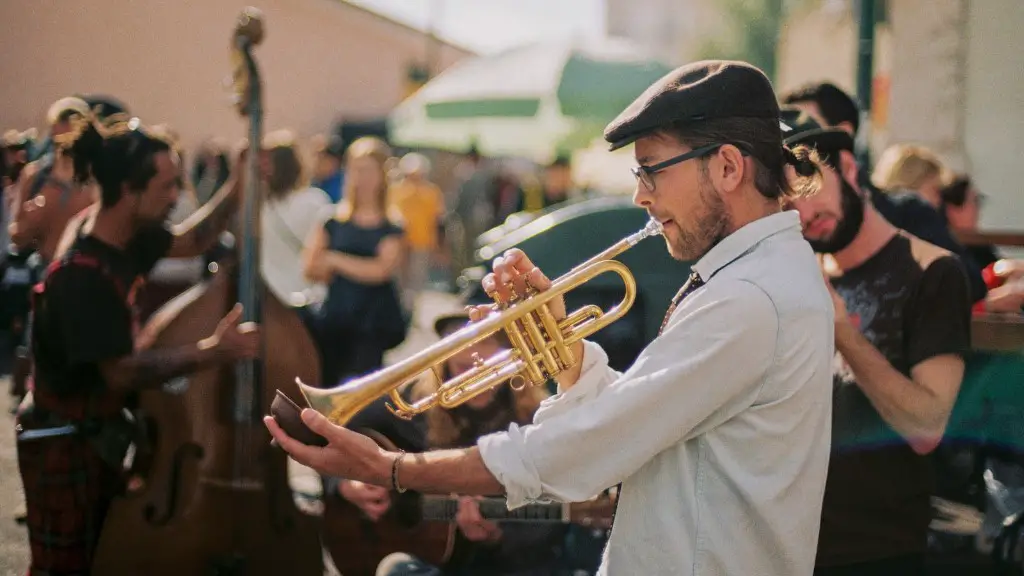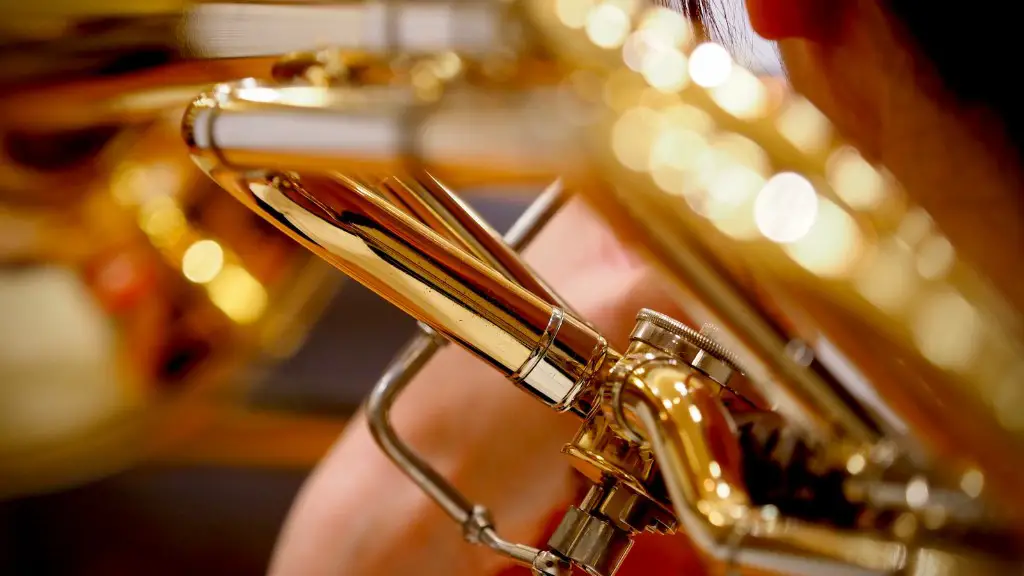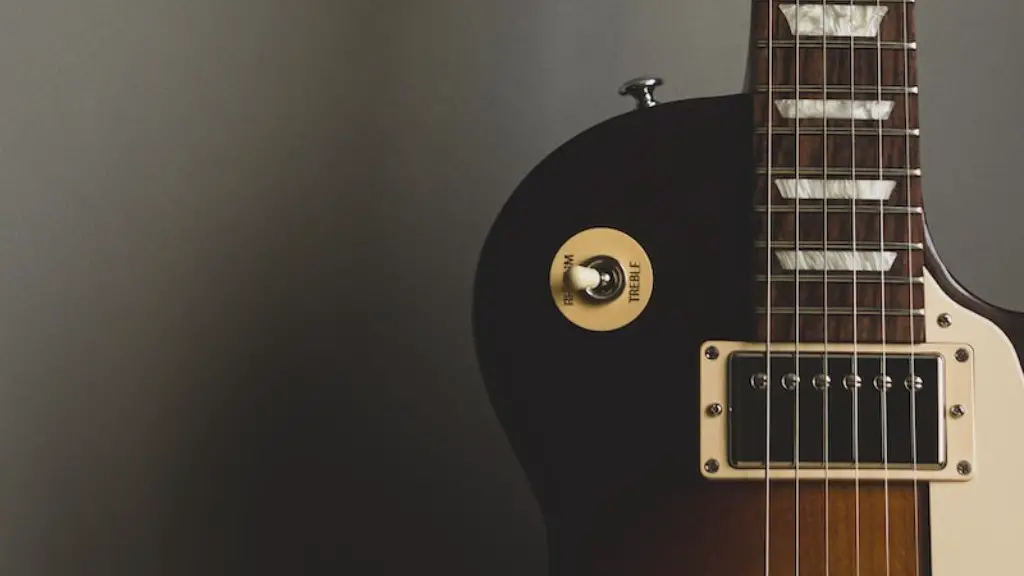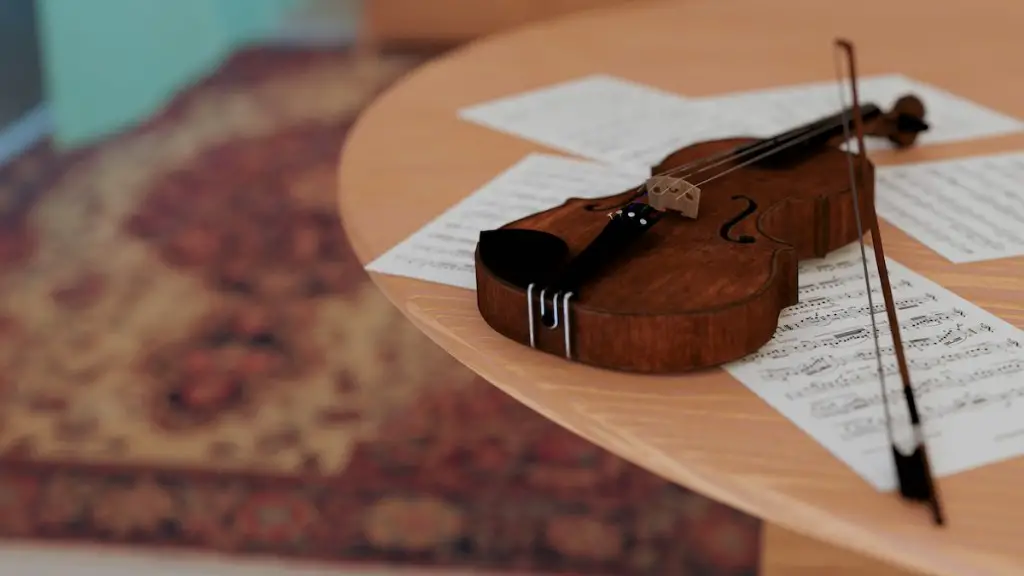Playing distorted electric guitar is one of the most popular genres of music. It’s a great way to create an intense and powerful sound. Whether you’re looking to add a rock edge to your playing, or just want to try something different, learning how to distort electric guitar is an essential skill for any musician.
Distortion is created by pushing your guitar’s signal through a series of amplification stages and effects. You can create distortion by turning up the gain on your amplifier, or using pedals and other devices to shape your sound.
The type of distortion you use will depend on what kind of sound you’re going for. From classic overdrive and fuzz tones, to modern high-gain metal sounds, there are many different types of distortion available. Experimenting with different settings will help you find the perfect tone for your music.
When it comes to creating a distorted electric guitar tone, practice makes perfect! Keep experimenting and don’t be afraid to explore new sounds – who knows what kind of awesome tone you’ll come up with! Distortion is all about experimentation, so have fun and take risks – that’s how great guitarists find their signature sound.
Understanding Gain and Volume
Gain and volume are two of the most important concepts to understand when it comes to distorting electric guitar. Gain is a measure of the input signal level that is sent to the amplifier, while volume is a measure of the output signal level from the amplifier. Adjusting these two parameters can have a dramatic effect on the tone of your guitar playing.
Gain can be used to add more distortion or overdrive to your sound, while keeping the same amount of volume. This allows you to create heavier, more distorted sounds without sacrificing clarity or dynamic range. If you want to add more power and punch to your sound, increasing volume can do this, but it also increases all other frequencies in proportion.
On the other hand, if you want more crunch and sustain, then decreasing gain will help achieve that goal while keeping your overall volume consistent. Experiment with different levels of gain and volume until you find a combination that works best for your playing style.
The key is to experiment with different settings until you find a combination that suits your playing style and allows you to get the sound you’re looking for. With practice, you will be able to create some truly unique sounds with your electric guitar!
Different Ways to Achieve Distortion
Distortion is a key component of rock and metal guitar playing. It adds texture and power to your sound, making it stand out. There are several ways to achieve distortion on an electric guitar, each with its own unique sound.
The simplest way is to use an overdrive or distortion pedal. This type of pedal adds extra gain to your signal, creating a thick, crunchy sound. Alternatively, you can use an amp’s built-in distortion channel for more control over the amount of distortion. Using a combination of both pedals and amps is also a popular option.
Another way to get distortion is by turning up the gain on your amp’s preamp section. This will give you a smoother sound than using a pedal or channel-based distortion. You can also experiment with different pickup combinations or settings to create different types of distortion sounds. Finally, if you want even more control over your tone, you can use software effects like guitar amp simulations or multi-FX processors.
Adjusting the Tone Knobs
Distorting electric guitar sound requires adjusting the tone knobs. To achieve a distorted sound, turn up the gain or distortion on the guitar amplifier. The tone knobs on your guitar also play a role in creating a distorted sound. For example, turning up the treble knob will add more high-end frequencies which can create subtle or extreme distortion. Turning up the bass knob can also result in a slight growl or crunchy distortion. Experimenting with different knob settings will help you find the right amount of distortion for your sound.
For more intense sounds, try turning up both treble and bass knobs to create a thick and heavy distortion. This is an ideal setting if you want to achieve an overdriven rock or metal sound. Alternatively, turning down both treble and bass will give you a cleaner and smoother distorted sound. Whatever you’re looking for, adjusting your tone knobs is essential for achieving different levels of distortion with your electric guitar.
Using an Overdrive Pedal to Distort Electric Guitar
Adding an overdrive pedal to your electric guitar rig can provide a wide range of tonal possibilities. An overdrive pedal is a simple but powerful tool that can give your tone a boost, add crunch and distortion, or create a smooth and silky sound. When used correctly, an overdrive pedal can be a great way to achieve the sound you’re looking for.
To use an overdrive pedal effectively, start by adjusting the drive knobs on the pedal until you hear the desired amount of distortion. You may want to experiment by adjusting the tone knobs as well. You can also adjust the volume knob on your guitar to make the distortion more or less noticeable.
It’s important to remember that when using an overdrive pedal, you must be careful not to add too much gain or distortion. Doing so will make your sound muddy and distorted rather than sharp and clear. When setting up your pedal, start with low gain settings and gradually increase as needed until you find the right balance of tone and clarity.
Cranking Up the Amp Gain
Distorting electric guitar can be one of the most rewarding aspects of playing guitar. It’s a great way to create unique and interesting sounds. Distortion is created when the gain on your amplifier is increased, allowing the sound to become overdriven and saturated. This creates a gritty, distorted sound that can be used for many different genres of music. To start, turn up your amp’s gain knob until it starts to distort. You may need to turn it up quite a bit depending on your desired sound. When you get close to the desired level of distortion, you can start adjusting other settings such as volume, tone, treble and bass.
For more control over your distorted sound, consider adding an effects pedal such as a distortion pedal or overdrive pedal. These pedals allow you to fine-tune your distorted tone and shape it in any way you want. Experiment with different settings until you find something that sounds good to you. Remember, there are no rules when it comes to creating great guitar tones – so don’t be afraid to get creative!
Experimenting with Pickup Settings
Distorting an electric guitar is a great way to add flavor and texture to your playing. To achieve the perfect sound, it’s important to experiment with the pickups and settings on your guitar. Pickups are electromagnets that capture the string’s vibrations and send them to an amplifier, so adjusting their position can drastically affect the sound of your guitar.
Before making any adjustments, it’s important to understand the different types of pickups available. Single-coil pickups produce a bright, crisp sound while humbuckers are known for their thick, warm tone. There are also active pickups that require batteries for higher output and more control over the tone. Once you’ve chosen a pickup type, you can start experimenting with its placement and settings.
Adjusting pickup height is one of the easiest ways to change your sound. Raising or lowering your pickups will increase or decrease their output accordingly. You can also change the angle at which they point towards the strings for more clarity or depth in your tone. Lastly, you can experiment with distortion effects pedals to get even more creative with your sound!
To Sum it All Up
Distorting electric guitar sound is an art, and a great way to get your creative juices flowing. With the right gear and a bit of practice, you can master the art of distortion and create unique sounds that will set your music apart from the rest. By manipulating amplifier settings, effects pedals and guitar pickups, you can manipulate your sound to achieve the desired effect. Remember to experiment with different combinations to find what works best for you. The possibilities are endless!
If done correctly, distorted guitar sound can be used in any genre of music, making it one of the most versatile tools in any musician’s arsenal. With some practice and experimentation, anyone can learn how to distortion their electric guitar sound and make their music stand out from the rest.
